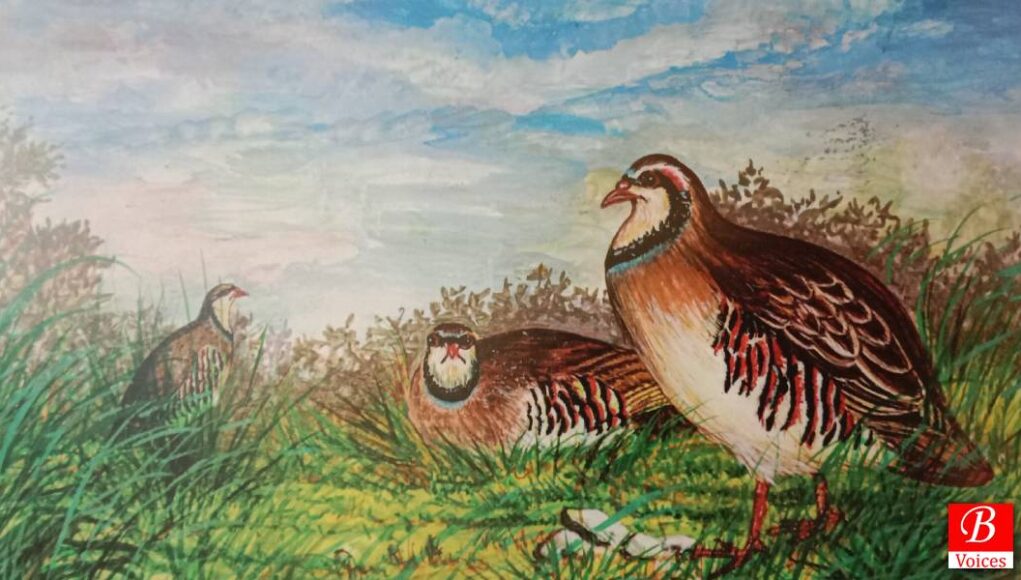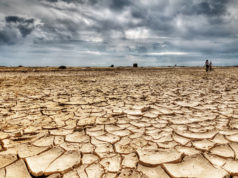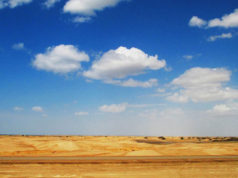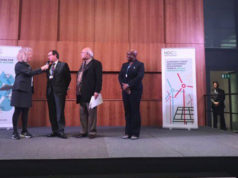Ayaz Khan
Can you imagine a spring morning bereft of tuneful and soothing voices of birds? You must because human activities are soon going to turn your imagination into reality! In my youth, hunting mania often drove me to fields located on the outskirts of my city. In the fields with standing wheat crops, I lurched with my ramshackled airgun, which often went faulty soon I aimed at my prey (birds). Murg Suleman (common hoopoe) was the most sought-out target of my airgun’s pointer. As a prevalent mythology among people of the city, hoopoe used to have a ‘golden crown’ on its head, which turned into a feather one since Almighty decided to save the bird from being driven towards extinction by greedy humans.
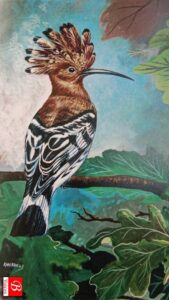
Khuzdar used to be a staying location for unique and rarely seen migratory birds such as cranes and waiyaans – a black-cloured bird with white rings around its neck. The birds were the most hunted ones since they flocked over tree and a single shot of double-barrel gun (dou naali) could bring down more than ten. Today, the city seems to receive few or no such birds staying because of overhunting or expansion of human activities penetrating their habitats. As climate change and human activities have pushed the agricultural land to go barren, so have many species of birds. The haubara bustards of Balochistan are becoming rare since they have recently been bitterly hunted by natives and ‘Arab’ guests.
Today, rather ironically, I have grown to be a climate enthusiast. With climate change and the environment taking a central position in my nerves, I feel – after coming across researches – many species of birds have gone extinct. I am not alone to observe a steep decline in presence of once-commonly-seen house sparrows. After opening the windows of my house in the morning, I am greeted with smog, and without spotting a single house sparrow comes a grim reminder that the birds are going extinct too rapidly that we can only stop it by a collective will.
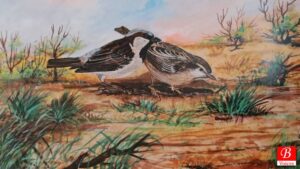
As per some estimations, around 179 species of birds have gone extinct since the year 1500. Whereas another research has found that approximately 500 species of birds have gone extinct in 500 years, confirming the extinction of one species each century. The estimations also find that human activities have doubled the rate of extinction in the 21st century. Playing a contributing role in this regard, once a ‘tyro’ hunter like I was and many others and the destruction of natural habitats of birds have speeded their extinction.
In Pakistan, too, many bird species are on the verge of extinction. Common/raw vulture remains one of the species that will soon reach the verge of extinction. Many of you might hate the naked-headed bird, but they are nature friendly. Gnawing at remains might lead you to hate vultures but they are sort of decomposers like bacteria and fungi. Unfortunately, there is a 95 percent decline in their number since the 1990s. This cause of their killing is the industrial drug used to breed cattle whose carcasses vultures feed on.
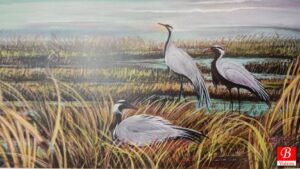
The issue of the extinction of bird species has long been highlighted. However, there is a rare attempt by artists to keep the issue afloat at the surface. Ghulam Abbas Khaskheli is one such wildlife artist who has been compiling data on hundreds of species. Ghulam Abbas is not a data expert or doing it numerically albeit he is compiling the paintings of birds through his artistic skills. Ghulam Abbas has compiled two books: Birds of Pakistan and Painted Eggs. The former is a compilation of paintings of various bird species and in the latter, the author gives brief details of each species.
Wildlife artists’ books are a treasure trove for bird lovers. The books are worth a look at and are inimitable compilations that no other artist has done before in Pakistan. The artistic compilations are not only paintings but can be used as a reference for generations to come to see many species that might have reached extinction by the time the books fall into their hands.
Share your comments!


